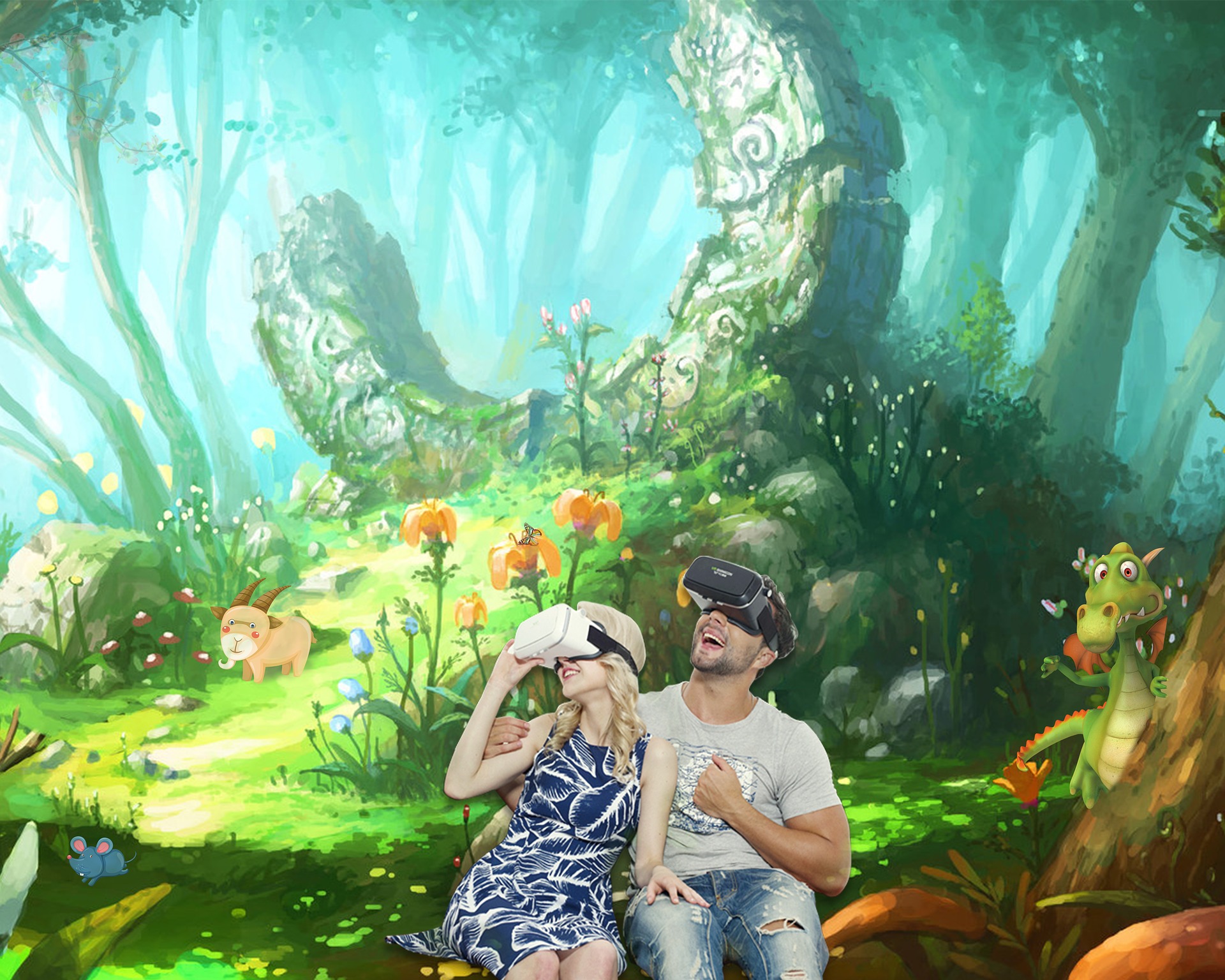
Every Star Trek fan has probably had the same wish. A holodeck where you can create your own worlds. And even if they are only holographic, they still look deceptively real. Plus, they can also be experienced in a physical sense. We haven’t quite reached that point yet, but a computer scientist at the University of Saarbrückenin Germany has now succeeded in making virtual impressions actually tangible.
With his new technique, Paul Strohmeier is able to produce realistic sensory impressions. All thanks to vibration impulses that are precisely tuned to a person’s movements in terms of frequency and intensity. However, the impulses are not perceived as vibrations, but as a characteristic of the material that you’re virtually touching.
“This way, it’s possible to evoke several impressions of the sensation of touch. Like that of friction, or feel certain surface structures,” Strohmeier explains. This new process could also be used to artificially generate stimuli of the sensation of movement, such as weight or resistance. For instance, during a walk in the woods, you might feel the soft moss under your feet, notice how rotten branches and twigs break when you step on them, or feel the gnarled bark of a tree.
Virtual reality becomes genuinely tangible
Strohmeier is currently working with a group of students from the University of Saarland on shoes that integrate this technology. This would be a big step towards a “more realistic” experience, especially in the virtual reality (VR) field. Up until now, you only have visual stimuli and auditory impressions in this kind of fantasy world. “With the shoes, it will also be possible to add the sensation of touch or the sensation of movement,” Strohmeier states. “If, for instance, you walk on a virtual gravel path, you’ll be able to feel the gritty floor beneath your feet. This makes it easier to lose yourself in virtual worlds. Virtual reality becomes tangible in the truest sense of the word.”
But virtual reality is not the sole potential use for these types of shoes. They could also make it possible for a user to experience things as a haptic sensation in augmented reality that was previously beyond the horizon of human perception. “If the technology were to be coupled with sensors, the user could feel resistance. This could be extremely helpful when approaching a toxic but odorless gas, for example.”
Strohmeier has been working since July 2019 as a postdoctoral researcher on human-computer interaction. He’s involved in that as part of Professor Jürgen Steimle’s research group at the Saarland Informatics Campus. In his doctoral thesis “Shaping Material Experiences: Designing Vibrotactile Feedback for Active Perception,” he had already carried out the basic research for his new development. Recently, he was awarded the “Outstanding Dissertation Award” of the “Special Interest Group on Computer-Human Interaction (SIGCHI).”
More IO articles on VR can be found here.








